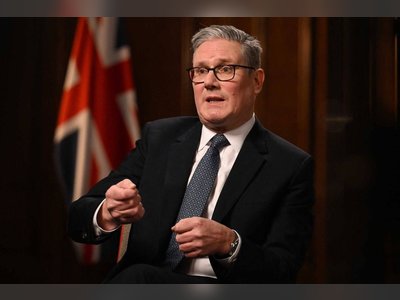David Cameron: Former PM making stunning comeback
This unexpected move marks Cameron's return to a prominent political role seven years after resigning in the wake of the Brexit referendum.
Cameron's appointment by Sunak, who is trying to position himself as a change agent within the Conservative Party, has sent shockwaves through Westminster.
It represents a significant shift, especially since Sunak had previously sought to distinguish himself from past governments. Cameron, who will be known as Lord Cameron as he takes up his cabinet role in the House of Lords, has been critical of some of Sunak's decisions, including the scrapping of the northern leg of the HS2 rail project.
However, he has expressed support for Sunak, calling him a "strong and capable prime minister" and emphasizing the importance of forming a strong team ahead of the next general election, where the Tories are trailing Labour in polls.
Cameron's six-year tenure as Prime Minister will bring experience to Sunak's cabinet, especially in handling foreign crises. However, his return could challenge Sunak's narrative as a force for change, given the presence of other long-serving figures like Jeremy Hunt and Michael Gove in the cabinet.
Cameron's tenure was marked by his coalition government with the Liberal Democrats and his handling of two significant referendums: Scotland's independence vote in 2014 and the Brexit referendum in 2016. His involvement in the Greensill Capital lobbying scandal in 2021 also drew criticism.
Cameron's re-entry into government under Sunak signals a new chapter in his political career, highlighting the evolving dynamics within the Conservative Party and the broader landscape of British politics.















